
Things To Do In Reykjavík In January
Given Iceland’s high-latitude location and Reykjavík’s distinction as the world’s most northerly capital city, you’d be right in thinking that the first month of the year must be pretty dark and cold where we are. But you’d be wrong in thinking that you should stay away; in fact, in many ways, this is the best time of year to visit. For insights into the previous month’s activities, check out our guide on things to do in Reykjavík in December.
1. Take Advantage Of The Tourist Lull

Numbers of visitors to Iceland have gone through the roof over the last decade or so, and despite the temporary freeze imposed by the COVID pandemic, that trend shows no signs of stopping. Popular visitor spots around the country can often feel quite hectic, with busloads of woolly-hatted tourists all vying for that same Insta shot.
So why not come when they’re all at home? The midwinter period may be Iceland’s wettest time of year, with temperatures hovering around freezing in Reykjavík. But the great thing is that even in January when the city is at its quietest, there are still loads of things to do. And you can enjoy them all without someone’s selfie stick poking you in the eye.
2. Fireworks To Banish The Blues
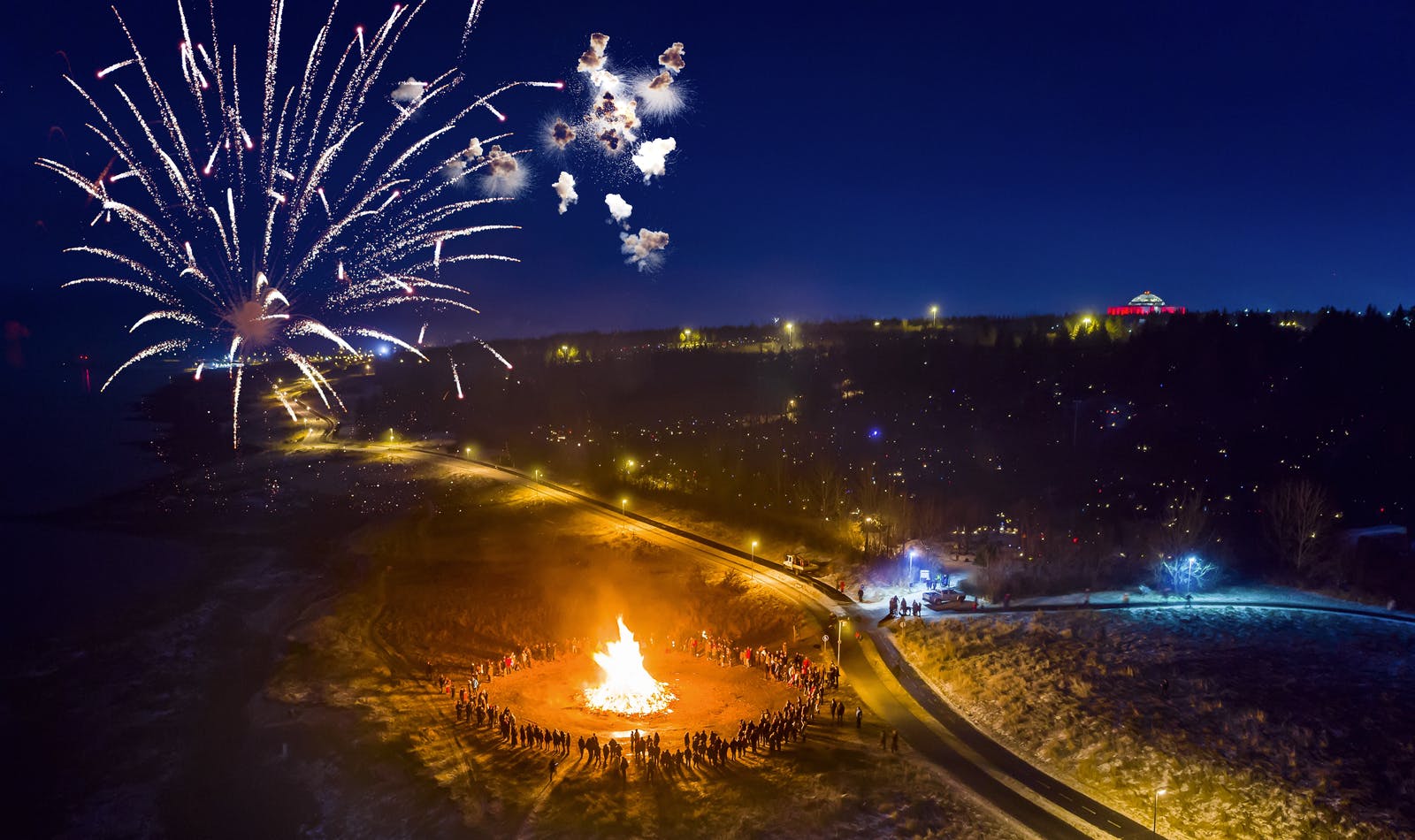
The formal end of Christmas in Iceland is called Þrettándinn and falls on 6th January (or Twelfth Night, in English-speaking societies). The name means “the thirteenth”, and the day is so-called because it’s the thirteenth day of the Christmas period if you start counting on Christmas Eve (as Icelanders do). It’s a night when the barriers between our world and that of the supernatural are lowered: elves move in and out of human dwellings, cows recite poetry, and seals come ashore to take on human form.
Naturally, the Icelandic response to all these freaky happenings is to let off fireworks and light bonfires (as if they hadn’t had enough of that a week earlier on New Year’s Eve). Real-world concerns about air pollution have reduced the number of bonfires around Reykjavík over recent years, but they still take place at certain locations such as Gufunesbær. The fire is usually lit in the early evening, but check local online sources for more details. Although Þrettándinn is the day that Icelanders take down their Christmas decorations, a lot of folks conveniently ignore that part of the tradition and keep them up over the coming weeks to continue illuminating the midwinter gloom.
3. Something To Chew Over
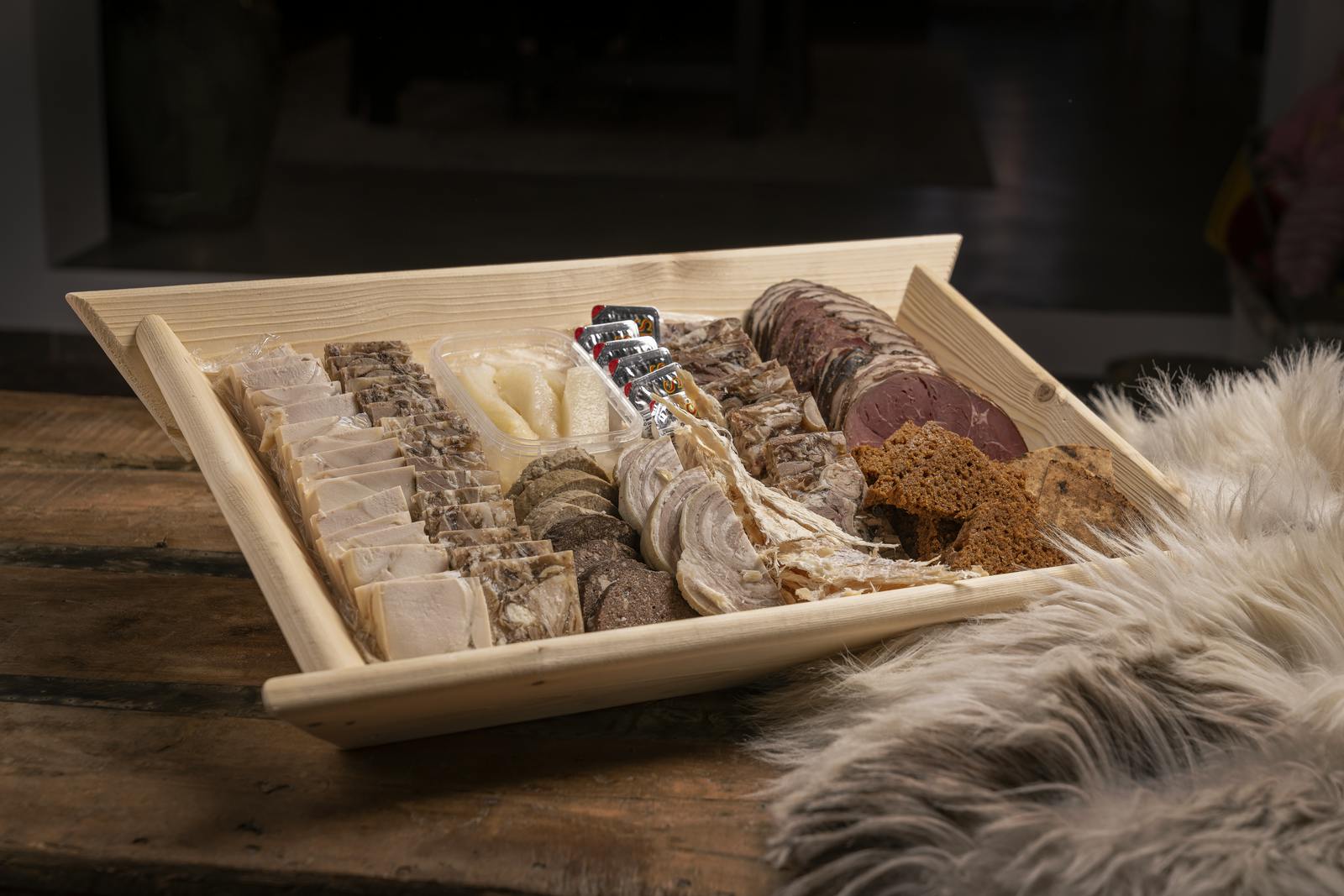
Another element of traditional Icelandic culture that visitors can sample during January is the festival of Þorrablot (pronounced “Thorablot”). This celebration stretches from mid-January to mid-February—the month of Þorri in the old Icelandic calendar—during which you can sample the somewhat unusual foodstuffs for which Iceland is world famous. Read more on our guide, things to do in Reykjavík in February.
Delicacies such as svið (boiled sheep's head), kæstur hákarl (fermented shark), and súrsaðir hrútspungar (pickled ram's testicles) are all traditionally enjoyed (or perhaps endured) with rúgbrauð, a dark, dense rye bread, and brennivín, a clear caraway-flavoured liquor.
It’s fair to say that these strange, meaty treats only come out for the sake of tradition and to satisfy the fascination of tourists; day-to-day, Icelanders plump for much more mundane food. But these dishes serve as a reminder of harder times in Icelandic society when no part of a slaughtered animal could go to waste. Here's a guide on all Icelandic Christmas food traditions.
You will find Þorrablot dishes served in more traditional restaurants around Reykjavík during Þorri, and there are tours that will take you to them. Alternatively, local food shops may stock the relevant body parts if you fancy preparing them yourself. So, if you like the idea of chewing on sheep’s testes and eyes, accompanied by lumps of rancid shark, put celebrating Þorrablot on your list of things to do in Reykjavík in January.
4. Dark Days, Light Music
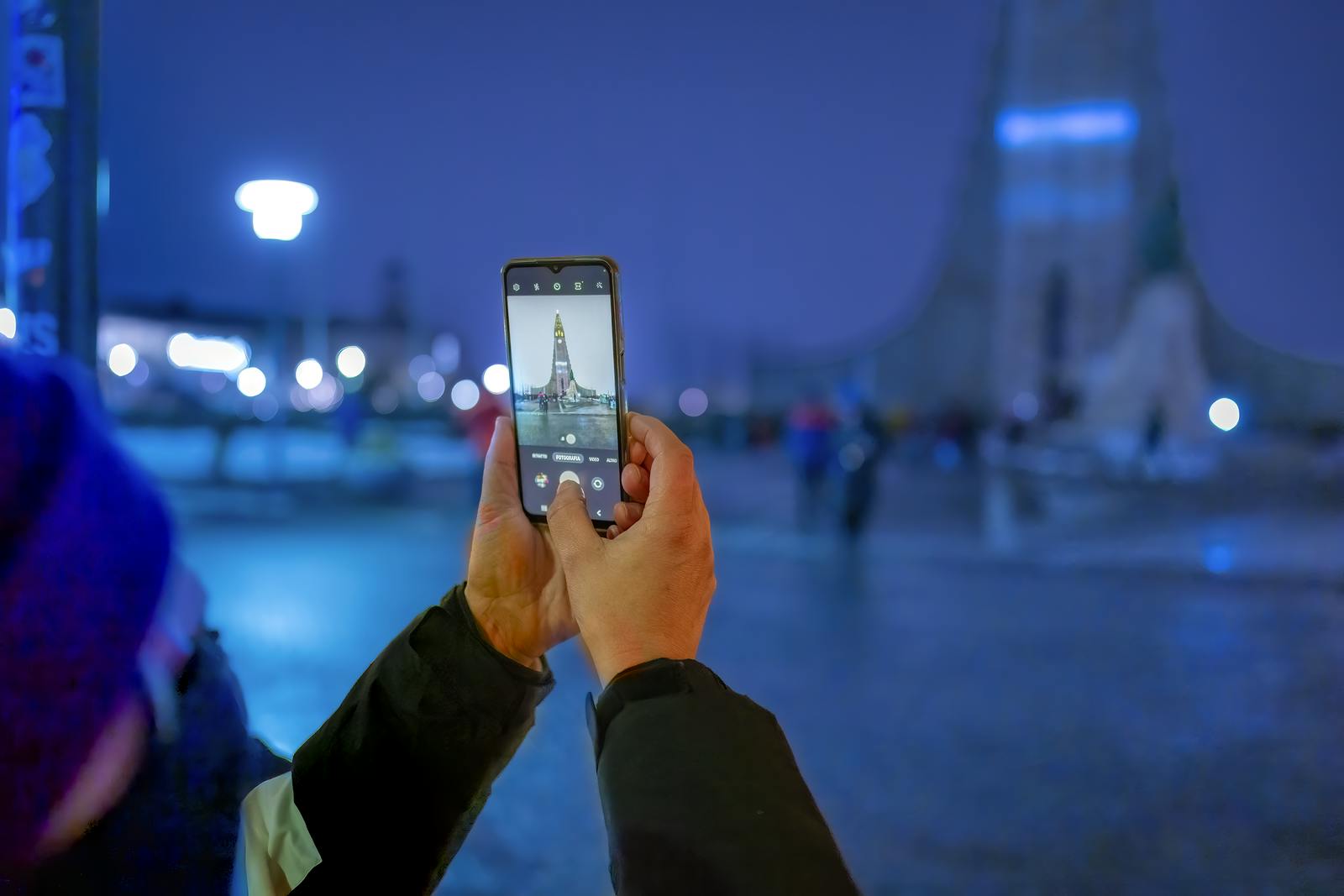
Icelandic culture, which is perhaps a little easier to swallow, can be found around Reykjavík during January. The Dark Music Days festival began in 1980 to showcase the best in contemporary Icelandic classical music and to provide a little lift to Reykvíkingurs during those long midwinter nights. Concerts take place towards the end of the month at various locations around the city, including at the city’s landmark Hallgrímskirkja church and at Harpa, Reykjavík’s stunning glass concert hall by the bay. In 2025, artists performing will include the Icelandic Symphony Orchestra and an innovative collective of local composers.
Also worth a mention is the Reykjavík Grapevine’s Music Awards, the night in the city’s cultural calendar when the local alternative arts paper presents awards to emerging Icelandic talent. Sometimes this event involves free beer, but no promises from us on that front.
5. Game On
If you're more sporty than artsy, then your list of things to do in Reykjavík in January is not complete without the Reykjavík International Games, which are held around the city’s Laugardalur area. Local sports organisations run this event every year; the idea is to attract top-flight international athletes to compete with their Icelandic counterparts and, in doing so, raise the standard of the local talent. Expect all kinds of physical exertion, from dance through climbing to karate.
6. The Great Outdoors Brought Indoors
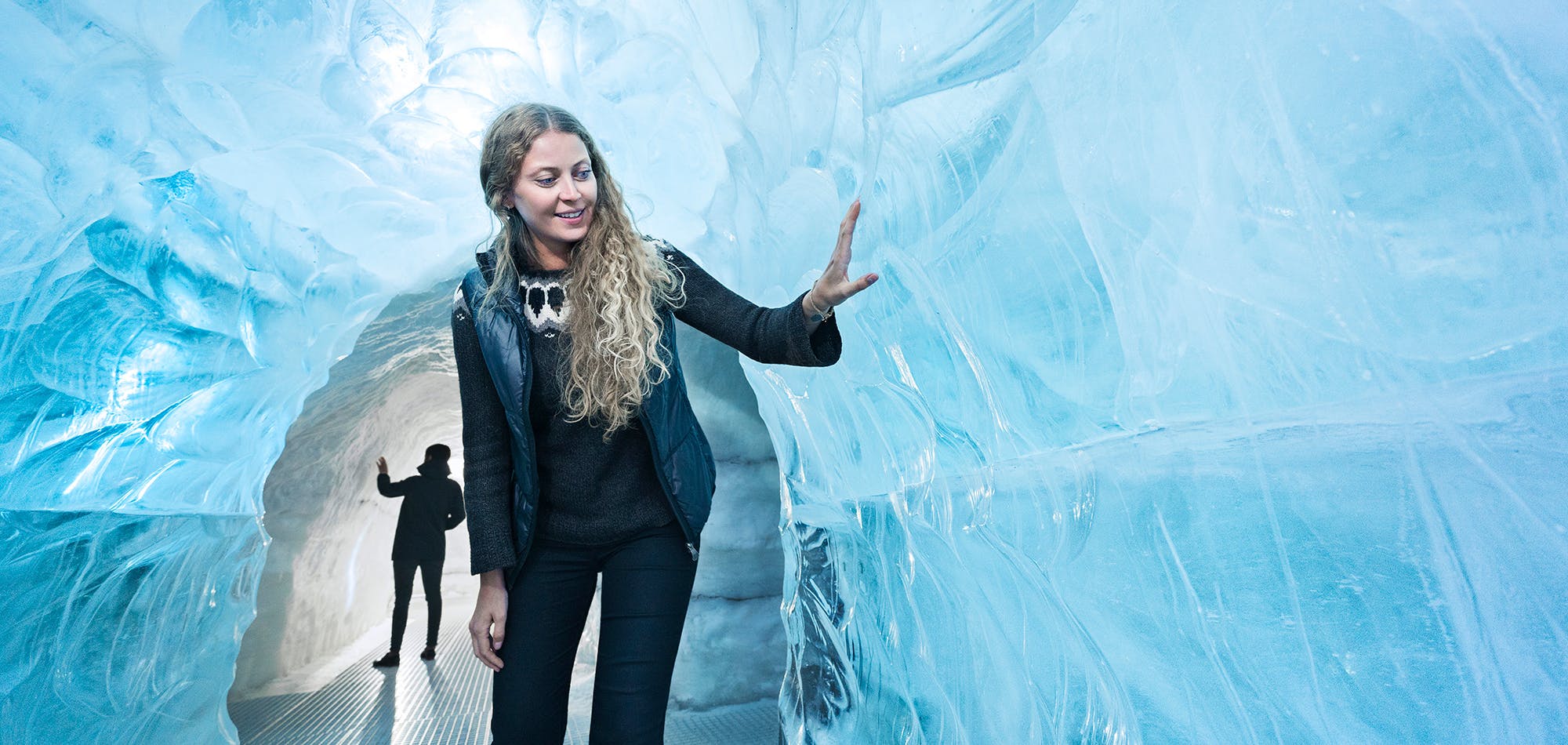
You’ll notice that most of our recommendations for things to do in Reykjavík in January involve staying indoors, and with good reason. Not only is it dark and cold outside, but the weather makes travel tricky, with snowfall and ice on the roads. However, although conditions mean that self-drive travel might not be the best idea, don’t let the weather prevent you from booking professional tours to take you outside the capital area.
One location to consider is Langjökull, the closest glacier to Reykjavík, where caves form as melted glacial water flows through the ice. These amazing natural wonders come and go with the seasons and are only safe to visit in the cold winter months when they’re not in the process of melting. Several tour operators run trips from Reykjavík using special vehicles designed to cope with both the wintery road conditions and the glacier itself, so you can relax and leave the tricky driving to them.
But if you’d prefer your ice-cave experience closer to your Reykjavík base, then Perlan has the perfect solution. The man-made cave inside the Perlan complex is 100 metres long and made from over 350 tonnes of snow from Icelandic mountains. For the price of an admission ticket (much less than the cost of a tour to a glacier), you can marvel at how such structures are formed in nature in a comfortable, accessible and secure environment.
To partner with its ice cave, Perlan also has an interactive exhibit on glaciers, which provides a wealth of information about these amazing elements of the Icelandic landscape. Not only are Iceland’s glaciers visually awesome, but they are central to the provision of the island’s fresh water and the regulation of its climate. The exhibit highlights how rising global temperatures are causing the glaciers to disappear and the massive problems now resulting.
7. Nice Pink Ice

And while we’re talking about awesome ice and the great outdoors, your list of things to do in Reykjavík in January wouldn’t be complete without a stroll around the local duck pond. Located right in the middle of downtown, Tjörnin is a splendid lake which is home to a whole community of ducks, swans and geese. In midwinter, when all but a few hardy avian souls have flown somewhere warmer, the water is often frozen solid and hosts children of all ages playing on its thick top layer of ice.
Early January, when the sun only peeks over the horizon for around four hours every day, is the time to enjoy the red sunlight, turning the ice and snow on the lake a beautiful shade of pink. Go to the bridge which crosses the lake to the town hall, and spend some time looking westwards as the sun makes its short journey. But wrap up! It is January in Reykjavík, after all.
FAQ
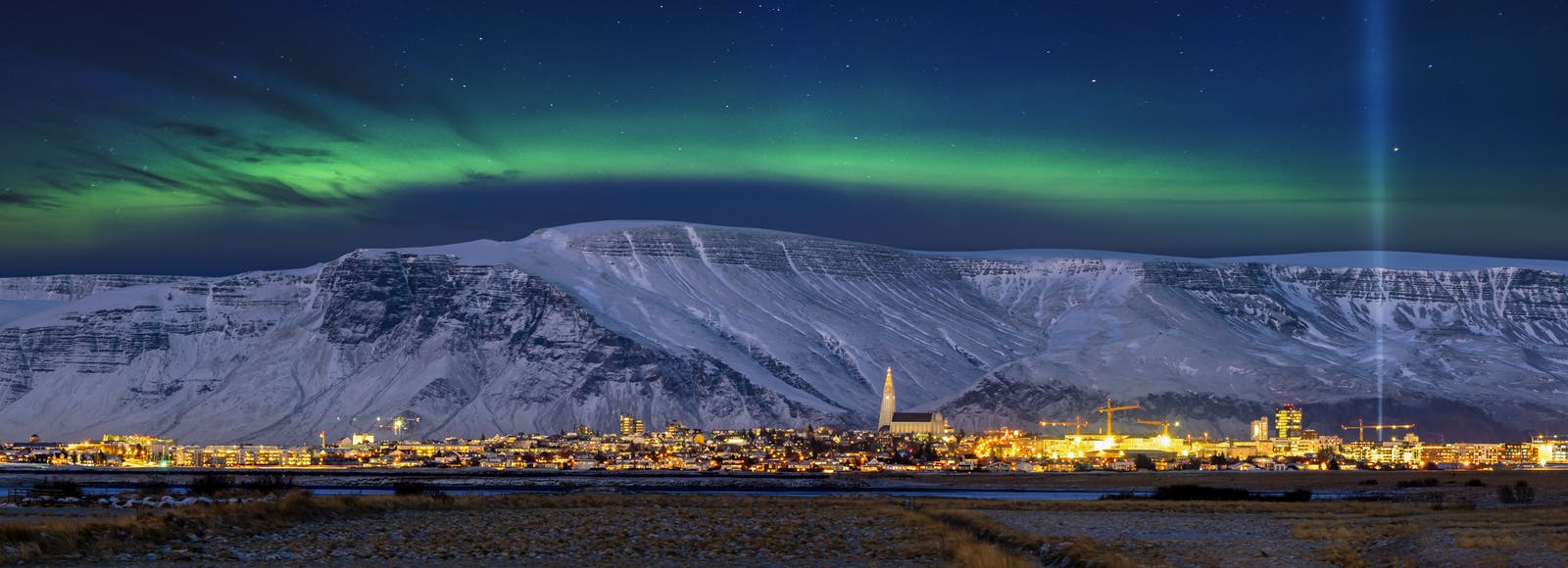
What clothes should I wear in Iceland in January?
Assume the worst—wind, rain, snow and freezing temperatures—and dress for comfort, not glamour. Layer up with comfortable thermal base clothing, fleeces and good waterproof outer garments; a warm coat, filled with fibre or down, will become your best friend. And even if you're not planning to hike anywhere, walking boots are essential to navigate the ice, snow and slush on Reykjavík’s slippery city streets.
Is three days enough in Reykjavík?
Iceland’s capital has enough goodies to keep a visitor engaged for a week or more, but it’s quite possible to get a flavour of the city over three days. Many of its main attractions—such as Hallsgrímskirkja church, the Laugavegur and Skólavörðustígur shopping streets, and the Harpa concert hall—are within a few minutes’ walk of each other.
Perlan is also easily accessible from anywhere in the city. The number of attractions it has to offer visitors, coupled with the opportunity to walk in the beautiful forest of Öskjuhlíð, which surrounds it, make Perlan worthy of a whole day to itself.
Can you see the northern lights in Reykjavík in January?
The aurora borealis—which you can only see from very northerly locations such as Reykjavík—occur all year round, with peaks in activity around the equinoxes in March and September. However, to see them, you need dark skies, making January a great month to visit due to its long nights. For the best chance, look for them on a night with a cloudless sky, having first located yourself as far away as possible from man-made city lights.
Does it snow in Reykjavík in January?
The weather in Iceland is wild and unpredictable, which is part of the charm of our little Nordic rock: you never know what Mother Nature is going to serve up next. But given that mid-winter is the coldest time of year, then yes, snowfall is quite likely in the Icelandic capital during January.
Are there any festivals in Reykjavík in January?
Icelanders mark the end of Christmas on 6th January with Þrettándinn, a festival which involves bonfires and fireworks. Then, towards the end of the month, the nation celebrates the feast of Þorrablot, marking a date in the old Norse calendar by eating pickled ram's testicles and other eyebrow-raising delicacies.
In terms of music, the contemporary classical festival Dark Music Days lightens the Icelandic winter with an eclectic mix of events at the Harpa concert hall and around the city.
Popular articles

Guide to the Solar Eclipse 2026
Plan your trip to witness the Solar Eclipse 2026 in Iceland! Discover the best viewing spots, key times, safety tips, and travel advice for this rare celestial event.

Updates on the Sundhnúkagígar Eruption in the Reykjanes Peninsula!
The current eruption in the Reykjanes Peninsula, is called Sundhnúkagígar Crater Row. See insights on the seismic activity and volcanic eruptions in the area!
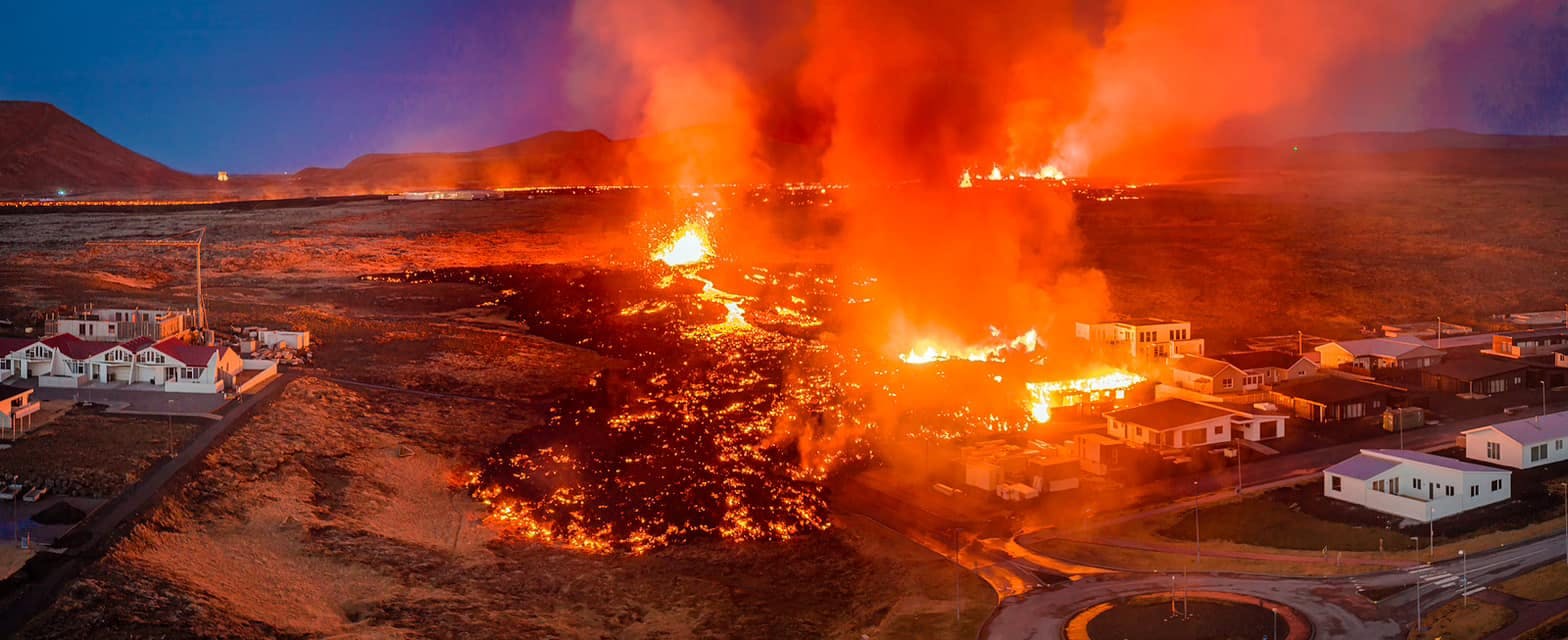
Active Volcanoes in Iceland 2024
Active volcanoes aren't the same thing as active eruptions. A volcano can be considered active even when it is not ejecting ash, rock, gases and magma, so which are active in Iceland in 2024?

Earthquakes in Iceland
Earthquakes in Iceland are a fact of life. Each year, thousands of small tremors shake the earth, a reminder of the country’s position on a tectonic plate boundary.

Volcano Museums and Exhibitions in Iceland
If you don't manage to visit an actively erupting volcano in Iceland - Experience its force at one of these excellent volcano museums and exhibitions in Iceland.

Top 10 Places To See the Northern Lights in Iceland
You can see the northern lights across the country, but some spots are more suitable than others. Find the best place to see the northern lights in Iceland.

Ice Caves From Reykjavik
Travel beyond the capital for a closer look at an ice cave under one of Iceland’s glaciers. If you can’t spare the time, experience Perlan’s ice cave in Reykjavik.